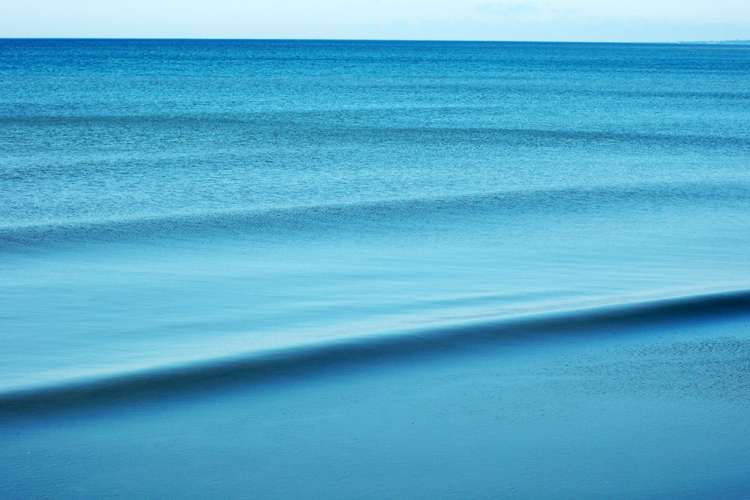What are the parts of a wave? Surfing wouldn't be a sport without waves. Without waves, surfers wouldn't be able to walk on the water. So, let's take a look at the different components that make a wave... a wave.
There are several things we know about waves.
First, we understand - probably since we were children - that waves break, travel, and have different heights. That's the easy part.
Most of us know that every wave is different, that some waves are more powerful than others, and that they usually come in sets of three or six. Right?
The best waves for surfing come from groundswells.
Scientists and oceanographers have studied how waves travel thousands of miles until they reach the coastline and break into whitewater - energy dissipates, end of the story.
A wave can be broken down into three main components. They are:
1. The Crest
The crest is the top of the wave - the highest point of any wave.
2. The Trough
It's the bottom of the wave, the lowest region of a wave, and the opposite of the crest.
The trough is often constant for waves traveling in the open ocean. When they're about to break, waves have deeper troughs.
3. The Face
It's the front of a breaking wave or the vertical distance between the crest and the trough, which is the wave height.
Relevant Wave Concepts
The wavelength is the distance between two adjacent crests or troughs; the wave period is the time period between the crest of one wave and the crest of the next wave.
Also, you might have noticed that objects and people bob up and down, forward and backward, with the passage of each wave.
That's the orbital motion of the water, i.e., floating objects do a complete circuit every time a wave passes through, ending up in more or less the same spot.
In deep water, the floating object has no significant net movement at the surface of the waves, but when in shallower water, there is a subtle net forward movement called Stokes drift.
Do you want to learn more about waves, wind, and swells? Take a look at the best surf forecasting books.
